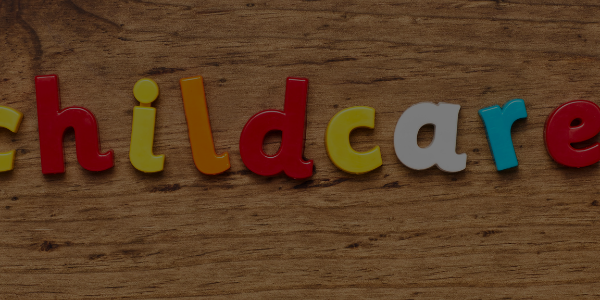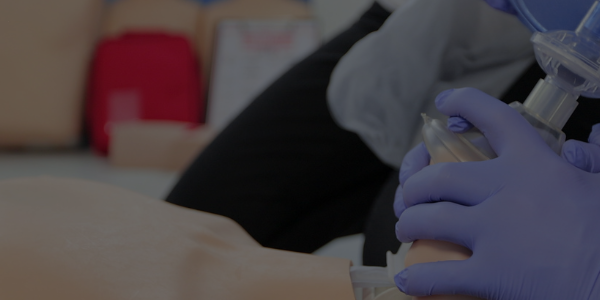CPR stands for Cardiopulmonary Resuscitation.
It is the First Aid and life saving method used to help a person suffers from sudden cardiac arrest or is unconscious and not breathing normally.
It involves administering chest compressions and rescue breaths to the casualty.
These techniques help circulate oxygenated blood around the body. This helps to preserve the body and keep your brain and vital organs supplied with oxygen.
With each minute that passes when someone’s heart has stopped, there is a 10% less chance of survival. This makes it vital to get CPR started as soon as possible.
Did you know?
About 25,000 people suffer from cardiac arrest outside of hospitals around Australia every single year!
There are few factors that can lead to cardiac arrest and these include obesity, diabetes, poor lifestyle, excessive alcohol intake, smoking and other factors.
Did you know that it is a skill that anyone can learn in less than a day? Check out our range of courses by clicking the link below and become a hero in your community!
Book your training with AB First Aid because CPR saves lives!
The DRSABCD action plan
If you have completed a first aid course, you will be familiar with the DRSABCD action plan. You can remember them by thinking “Doctor’s ABCD” (for DRS ABCD).
Each letter is a prompt for the actions to take when first aid is needed.
|
DRSABCD ACTION PLAN |
||
|
Letter |
Representing |
What to do |
|
D |
Danger |
Ensure that the patient and everyone in the area is safe. Do not put yourself or others at risk. Remove the danger or the patient. |
|
R |
Response |
Look for a response from the patient — loudly ask their name, squeeze their shoulder. |
|
S |
Send for help |
If there is no response, phone triple zero (000) or ask another person to call. Do not leave the patient. |
|
A |
Airway |
Check their mouth and throat is clear. If there is foreign material, roll the patient on their side and clear the airway. If there is no foreign material, leave them in the position you find them in and gently tilt their head back and lift their chin to clear the airway. |
|
B |
Breathing |
Check if the person is breathing abnormally or not breathing at all after 10 seconds. If they are breathing normally, place them in the recovery position and stay with them. If they are not breathing normally, call an ambulance and start CPR. |
|
C |
CPR |
Start CPR: 30 chest compressions followed by 2 breaths. Continue CPR until the patient starts breathing or until help arrives. |
|
D |
Defibrillation |
As soon as possible, attach an Automated External Defibrillator (AED) to the patient and follow the voice prompts. Do not leave the patient alone to fetch the defibrillator — let someone else bring it. |
The DRSABCD action plan is a useful tool in first aid. But you will manage it even better if you have training in how to perform each action the right way.
Read more of our blogs below or click here!





